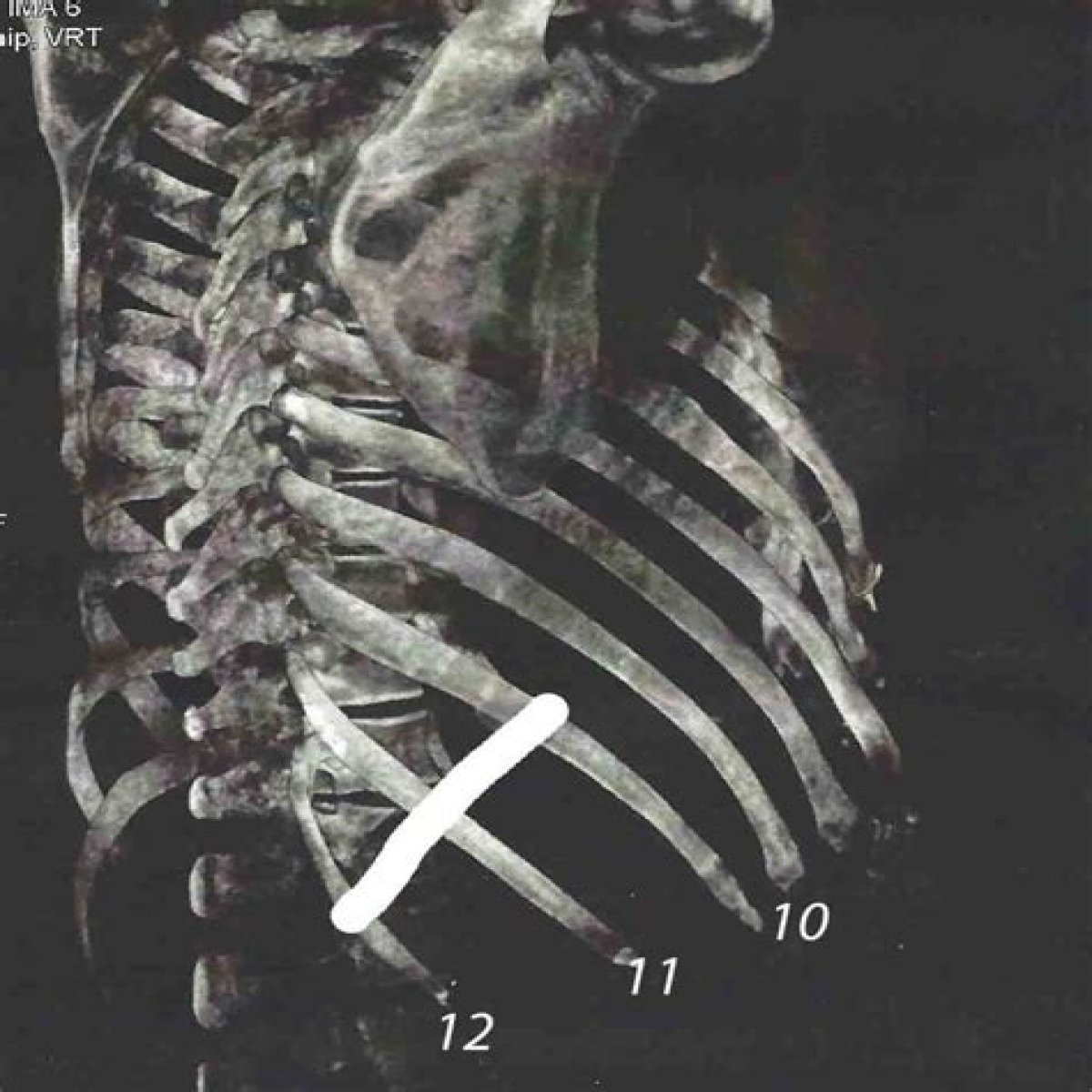Rib removal surgery, often shrouded in controversy, has garnered attention for its aesthetic and health implications. This procedure, also known as rib resection or rib contouring, is sought by individuals looking to achieve a slimmer waistline or correct specific medical conditions. In this comprehensive guide, we will delve into the intricacies of rib removal, showcasing before and after results, understanding the motivations behind the surgery, and discussing the potential risks and benefits involved.
As the demand for body modification grows, so does the curiosity surrounding surgical procedures like rib removal. Patients often share their personal experiences and results, leading to increased public interest. However, it's crucial to approach this topic with a clear understanding of both the aesthetic outcomes and the medical realities involved in rib removal.
In this article, we will explore the various aspects of rib removal, including what the procedure entails, who might consider it, and the recovery process. By the end of this guide, readers will have a well-rounded view of rib removal surgery, supported by data and insights from medical professionals.
- Table of Contents
- What is Rib Removal?
- Types of Rib Removal Procedures
- Reasons for Rib Removal Surgery
- The Procedure: What to Expect
- Before and After: Real Patient Stories
- Case Studies
- Risks and Complications of Rib Removal
- Recovery Process After Rib Removal
- Alternatives to Rib Removal
- Final Thoughts on Rib Removal Surgery
Table of Contents
What is Rib Removal?
Rib removal, or rib resection, is a surgical procedure that involves the excision of one or more ribs from the rib cage. This surgery can be performed for cosmetic reasons, such as achieving a more contoured waistline, or for medical reasons, such as alleviating pressure on surrounding organs or addressing certain health conditions.
Types of Rib Removal Procedures
- Cosmetic Rib Removal: This is primarily sought by individuals looking to enhance their body shape.
- Medical Rib Removal: This may be necessary for patients with specific conditions that require rib resection.
Reasons for Rib Removal Surgery
Individuals may seek rib removal surgery for various reasons, including:
- To achieve a slimmer waistline and improve body proportions.
- To relieve discomfort caused by rib-related conditions.
- As part of gender-affirming surgery for transgender individuals.
The Procedure: What to Expect
The rib removal procedure typically involves the following steps:
- Consultation: Patients meet with a qualified surgeon to discuss their goals and medical history.
- Anesthesia: The surgery is performed under general anesthesia.
- Incision: The surgeon makes an incision on the side of the torso.
- Rib Excision: One or more ribs are carefully removed.
- Closure: The incision is closed with sutures.
Before and After: Real Patient Stories
Many patients document their rib removal journeys, sharing transformative before and after photos. These images often highlight the significant changes in body shape and waistline.
Case Studies
- Patient A: Before surgery, had a waist measurement of 30 inches, which reduced to 24 inches post-operation.
- Patient B: Sought rib removal to alleviate discomfort and experienced not only a reduction in waist size but also improved overall well-being.
Risks and Complications of Rib Removal
As with any surgical procedure, rib removal comes with potential risks, including:
- Infection at the incision site.
- Chronic pain or discomfort.
- Respiratory issues due to compromised rib structure.
Recovery Process After Rib Removal
The recovery process can vary from patient to patient, but generally includes:
- Resting for several weeks post-surgery.
- Avoiding strenuous activities and heavy lifting.
- Regular follow-up appointments with the surgeon.
Alternatives to Rib Removal
For those considering rib removal, there are alternative methods to achieve a similar aesthetic outcome:
- Body Contouring: Non-surgical options like liposuction can help reshape the waist.
- Exercise and Diet: Maintaining a healthy lifestyle can enhance body shape without surgery.
Final Thoughts on Rib Removal Surgery
Rib removal surgery is a significant decision that should not be taken lightly. It is essential for individuals to weigh the benefits against the risks and consult with experienced medical professionals. Understanding the procedure, recovery, and potential outcomes can lead to informed choices.
If you found this article helpful, please leave a comment below, share it with others, or check out our other articles for more insights.
Thank you for reading! We invite you to return for more informative content on health and wellness.
Julia Gisella Death: Unraveling The Mystery Behind The Tragic EventRonaldinho Retirement Age: A Journey Through An Iconic CareerFrank Fritz: Remembering The Legacy Of A Television Icon
